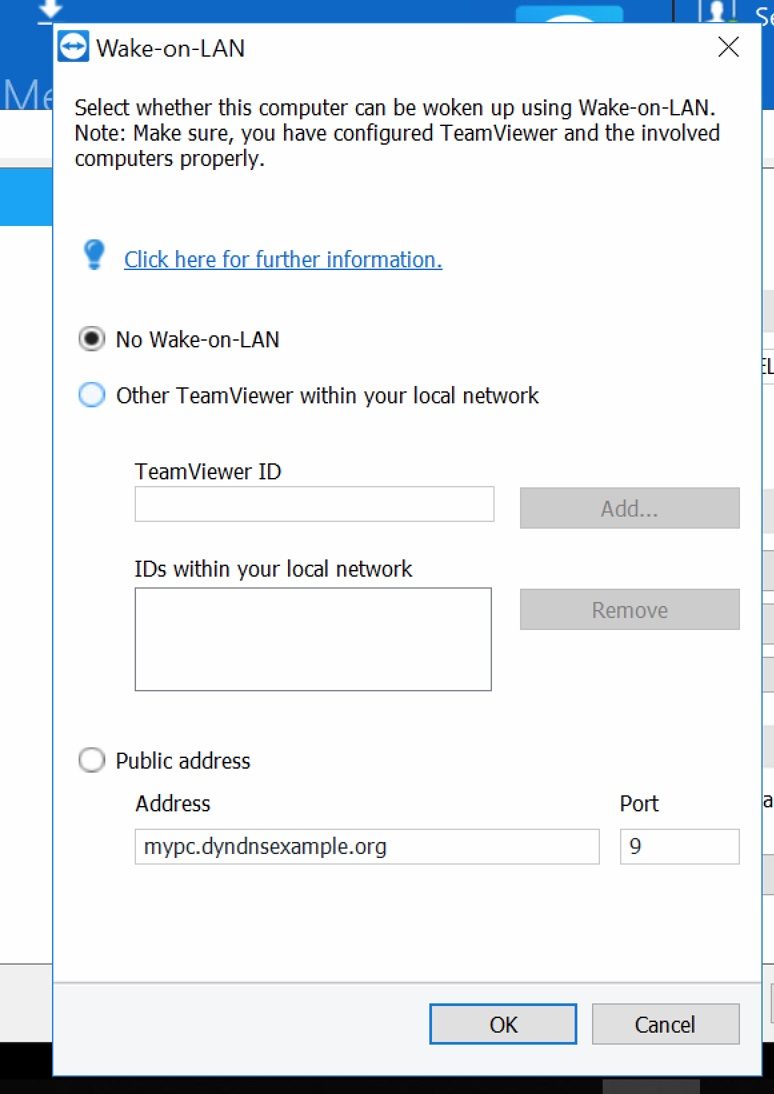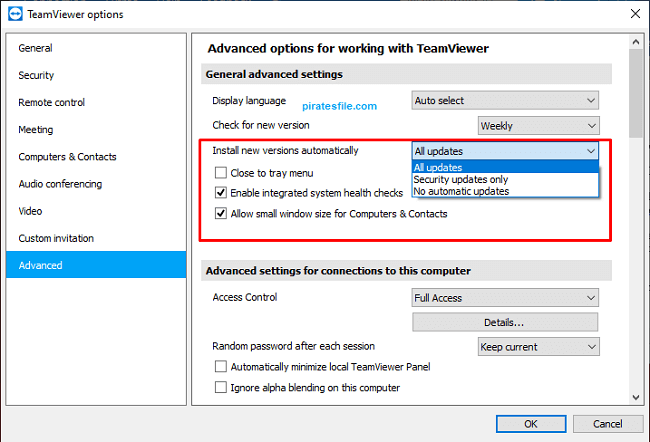

Use the command 'ipconfig /all' if you don't know what this is. MAC address of LAN adapter on WOL computer.


Get ready to test your set-up by using a utility like WOL Magic Packet Sender (free).Now the computer can normally be started from Hibernate, Standby, or PowerOff modes via a special management packet. Press OK until you are back at Network Connections. Check the second and third boxes to enable WOL. On the LAN adapter of the computer (physical ethernet adapter and/or wireless, given BIOS support), choose Properties/Configure.You can also use the DD-WRT device's Web Interface to send test packets, in place of a second PC. Ideally, a second PC to test the WOL abilities of the first one.In the example below, we assume your router LAN is 192.168.1.x (the default) and the static IP WOL computer is 192.168.1.254. The WOL computer should have a static IP address, one manually assigned or through static DHCP.Administrative access to the computer you want to sleep/wake-up.


 0 kommentar(er)
0 kommentar(er)
